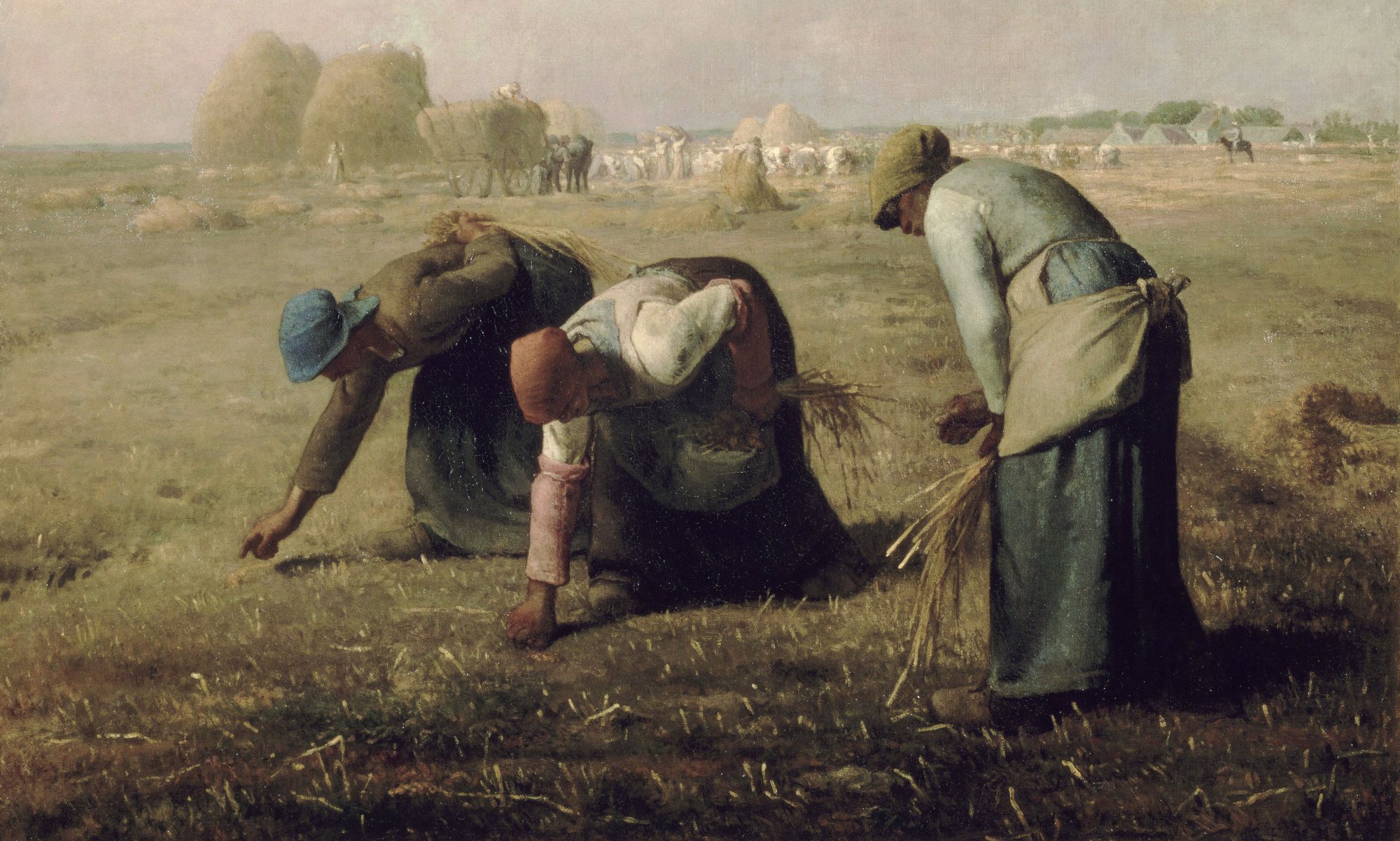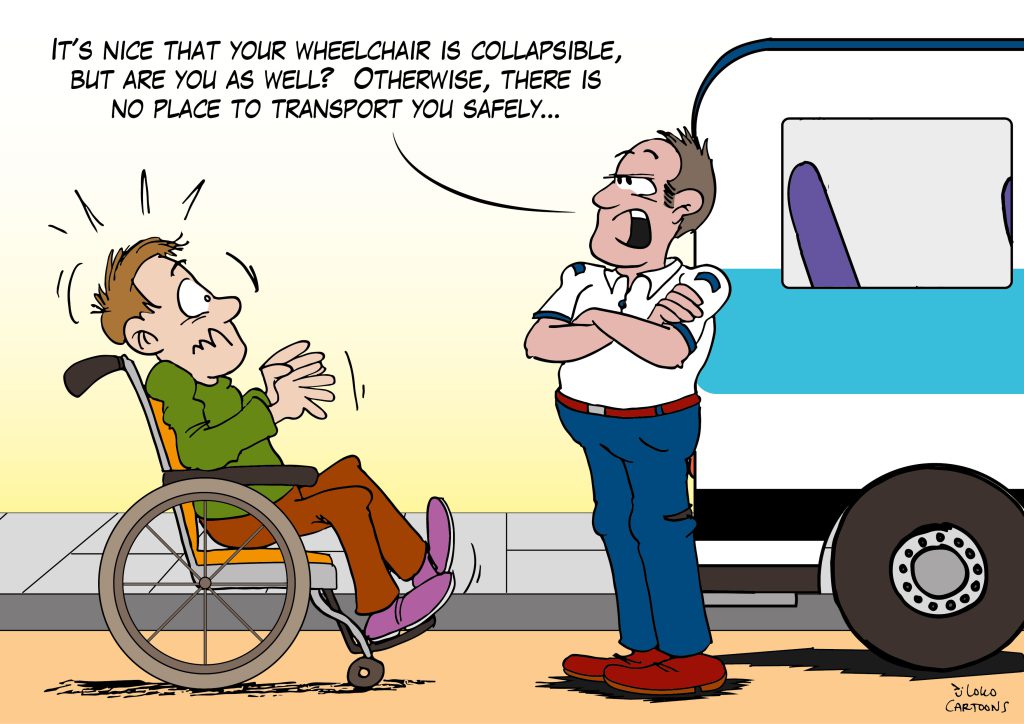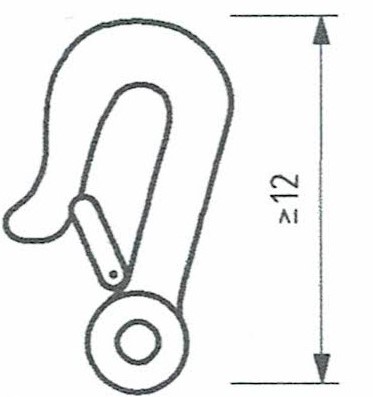This contribution was published as an Opinion article in PV Magazine 6 on December 23, 2022,
see also PV magazine. The illustrations are from the film Crisis in het leerlingenvervoer
In the Covid period, contract transport has fallen sharply. Now there is a follow-up problem: a chronic shortage of drivers. Drivers have found other work or have stopped. There are companies that have managed to retain their drivers with arts and crafts, with lending and reducing working hours and other creative solutions.
Crisis
A study by Ouders en Onderwijs (O&O) and tweets by Elijah Delsink of the student interest (LBVSO) shows that the shortage of drivers now causes student transport to run dramatically in a number of places. There are fewer fixed trips and regular drivers. Companies sometimes bring students to school in two shifts, causing students to arrive late to school. Or they are not picked up at all. Because parents take care of this, they miss working hours and this has consequences for their job! Important teaching hours, tests, are missed. That damages students. Good education is at risk.
Read More »

